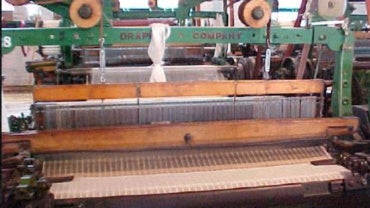The Freedmen and Southern Society Project was established in 1976 to capture the essence of that revolution by depicting the drama of emancipation in the words of the participants: liberated slaves and defeated slaveholders, soldiers and civilians, common folk and the elite, Northerners and Southerners. Drawing upon the rich resources of the National Archives of the United States, the project’s editors pored over millions of documents, selecting some 50,000. They are presently transcribing, organizing, and annotating them to explain how black people traversed the bloody ground from slavery to freedom between the beginning of the Civil War in 1861 and the beginning of Radical Reconstruction in 1867. The documents vividly speak for themselves, and interpretive essays by the editors provide historical context.











